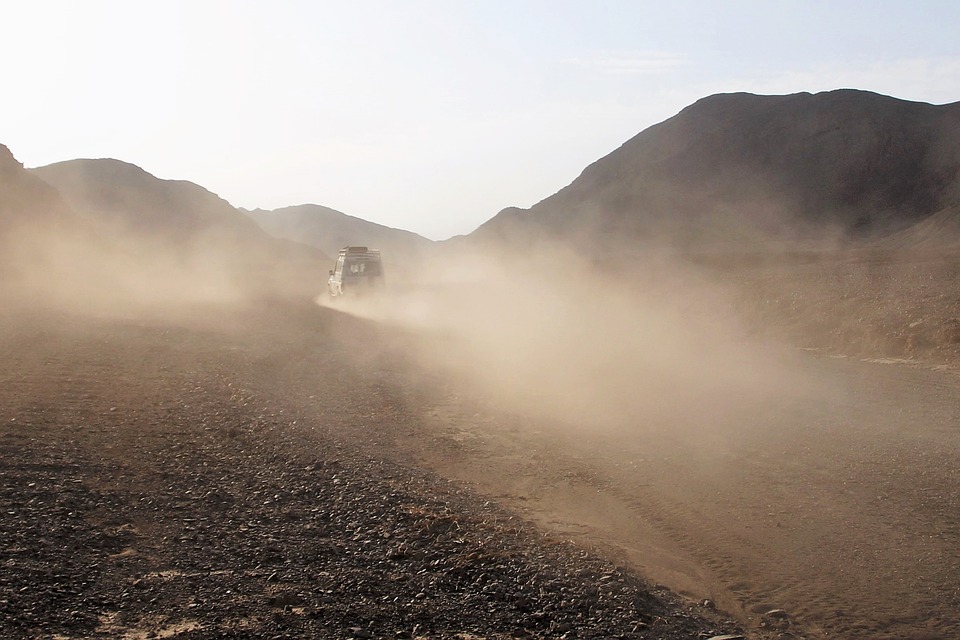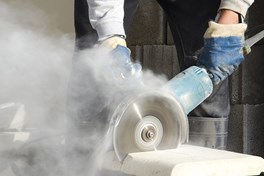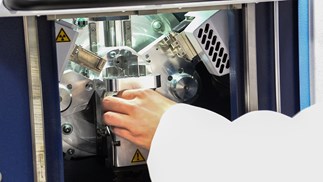- Home
- Science
- Our Work
- Air Pollution
- Agriculture, Farming and Pesticides
- Asthma and other Lung Diseases
- Coronavirus Pandemic (COVID-19)
- Exposure to Chemicals and Dust
- Exposure to Nanomaterials
- Human Exposure
- Neurodegenerative Diseases
- Musculoskeletal Disorders
- Occupational Cancer
- Sustainable Working
- Sustainability and Climate Change
- Stress, Wellbeing and Psychosocial Issues
- COVID-19 IOM Study of Face Coverings in Retail Environments
- Styrene Study
- PROTECT COVID-19 National Core Study
- Firefighters and Cancer – IOM Report
- MORtality Study of Former Professional Footballers in England and Wales (MORSE) Study
- Our Scientists
- Our Expertise
- Nano Material Services
- Development and Management of Data and Information Systems and Services
- Ergonomics Design and Evaluation
- Epidemiological Studies & Methods
- Exposure Assessment
- Health Impact Assessment (HIA) and Risk Assessment
- Policy Evaluations
- Study Design and Statistical Analysis
- Systematic Reviews and Meta-analyses
- Toxicology
- Workplace Cluster of Disease
- IOMLIFET
- IOM Scientists Advocate Tighter Standards for Airborne Dust at Work
- Research Project on Work Related Musculoskeletal Disorders
- Styrene Study
- Firefighters and Cancer – IOM Report
- IOM Library
- Contact our Research Experts
- Our Work
- Occupational Hygiene
- Case Studies
- Air Quality Sensors
- COSHH Assessment
- Dust Exposure
- Environmental Management
- Face Fit Testing
- Hand-Arm Vibration
- Indoor Air Monitoring
- Laboratory Animal Allergens
- Legionella Risk Assessment
- Local Exhaust Ventilation
- Noise Monitoring
- Thermal Exposure Monitoring
- Workplace Exposure Limits (WELs)
- Welding Fumes
- Remote Monitoring Services
- Formaldehyde Exposure Monitoring
- Biological Agent Exposure Monitoring in Waste Management
- Chromium VI
- Occupational Hygiene – Quick Quote
- Lab Services
- Asbestos and other Fibres
- Asbestos Sample Testing
- Asbestos Proficiency Testing
- Dust and Crystalline Silica
- Lead in Paint
- Metals, acid anions, acid gases
- Microbiology
- Pharmaceuticals
- Solvents & Other Organic Chemicals
- Hazard Assessment and Toxicology
- Dustiness Testing of Bulk Powders
- Testing the effectiveness of protective coverall and PPE
- Lab Services Quick Quote
- Hospital Ventilation
- Authorising Engineer
- Dentistry Post Lockdown
- Design Review
- Independent Review
- Diathermic pen and Electro surgical tool testing
- Microbiological Monitoring
- Systems Refurbishment and Upgrade
- Validation and Verification Testing
- HSE COVID-19 Spot Check Inspections
- Training
- Contact Our Hospital Ventilation Experts
- Consultancy
- Our Company
- Contact Us

FTIR and XRD Analysis
Fourier-Transform Infrared (FTIR) and X-ray Diffraction (XRD) analysis are powerful techniques used to study the structure and composition of materials at the atomic or molecular level.
For industry this allows the characterisation of materials, phase identification and ensuring that quality standards are upheld.
By exposing a sample to X-rays and analysing the resulting fingerprint (FTIR) or diffraction pattern (XRD), these instruments enable the identification of different compounds and materials. These methods have proven invaluable in diverse fields, including environmental monitoring, material characterisation, and forensic investigation.
Application in Respirable Crystalline Silica (RCS) Assessment

FTIR and XRD form the cornerstones in the assessment of respirable crystalline silica, a known occupational hazard.
Respirable crystalline silica is a naturally occurring mineral commonly found in materials like sand, stone, and concrete. While these materials are fundamental to numerous industries, the inhalation of fine silica particles poses significant health risks and prolonged exposure to respirable crystalline silica can lead to silicosis, a debilitating lung disease. Moreover, it has been linked to other serious conditions, such as lung cancer and various respiratory disorders.
How FTIR and XRD Work in Silica Analysis

FTIR and XRD play a pivotal role in silica analysis by enabling the identification and quantification of crystalline silica phases present in dust samples. Airborne silica particles collected on filter papers, pre-loaded in suitable sampling cassettes can be analysed using FTIR or XRD to identify the presence of crystalline silica. The spectra generated by these machines serve as identifying signatures and enable us to distinguish crystalline silica from other materials that may be present in the dust. Comparing these spectra with reference data from samples containing known amounts of crystalline silica enables us to quantify the amount of crystalline silica present.
Protecting Health
The significance of data generated by the above analyses cannot be overstated. By identifying the types and amounts of crystalline silica present in a given environment, industries and regulatory bodies can assess the potential health risks to workers. This allows better decisions to be made as well as the putting in place of effective control measures to mitigate exposure and safeguard workers’ well-being.
Advancing Occupational Health and Safety
Our commitment is to helping you protect and improve your workplace. Crystalline silica is one of the many types of analysis we offer clients to help them better understand their environment and quantify the hazards which exist within them.
If you need help managing RCS or any other potentially hazardous materials please do not hesitate to get in touch.

